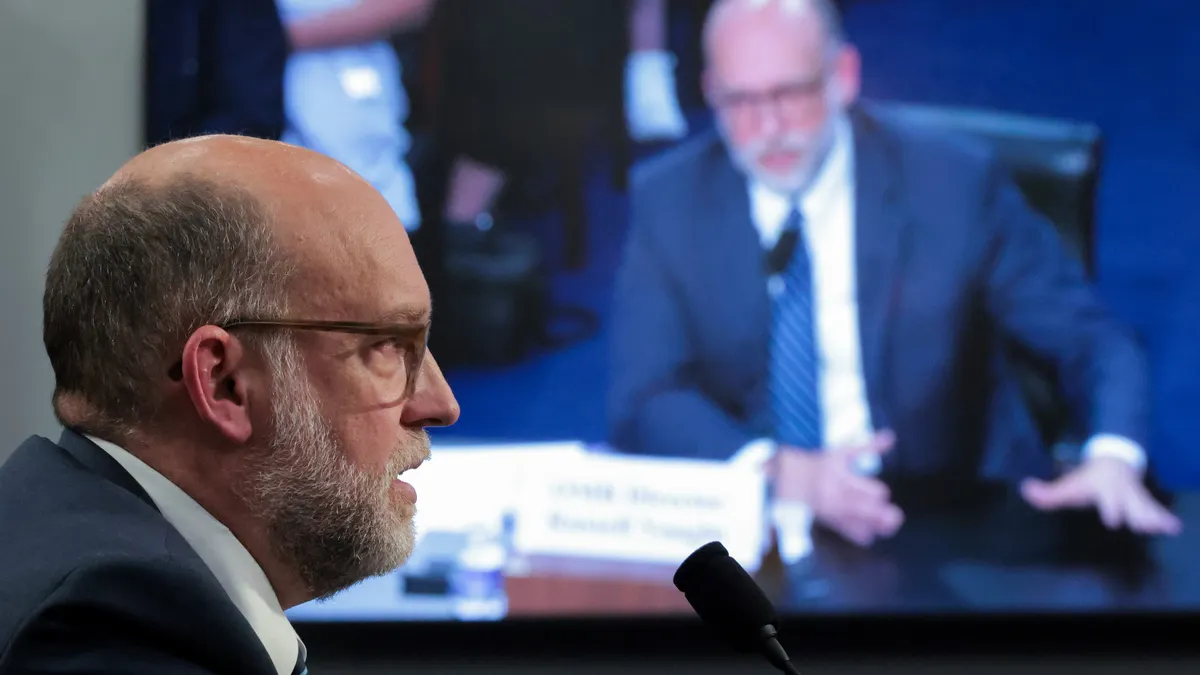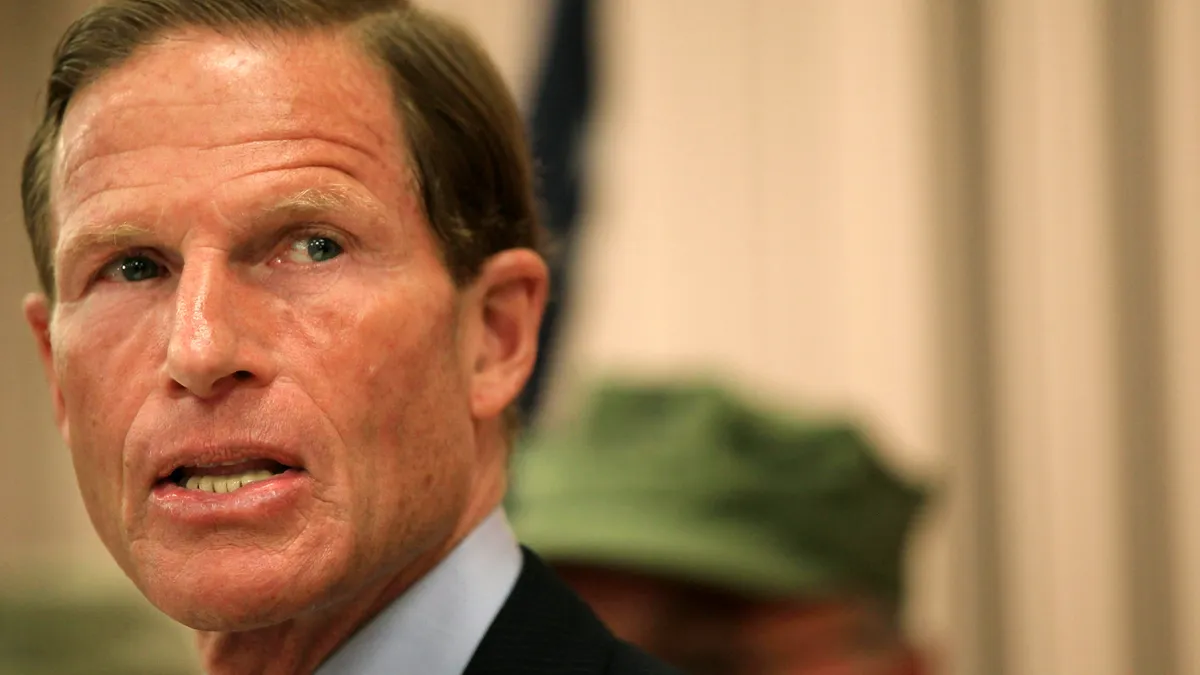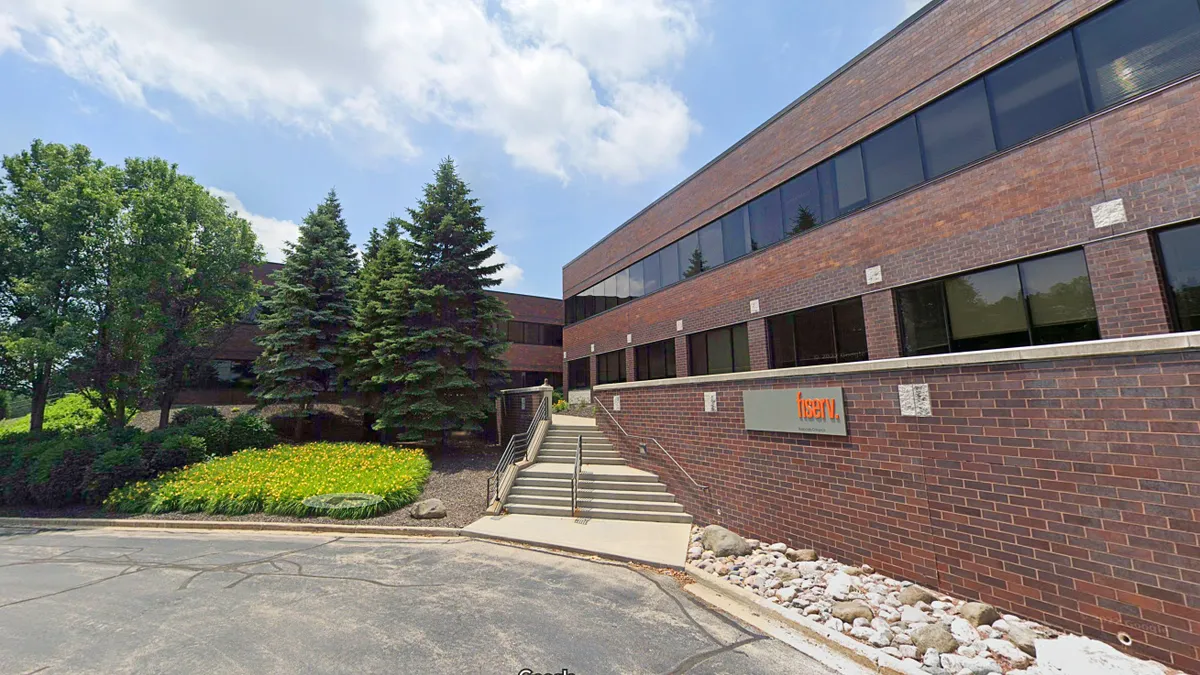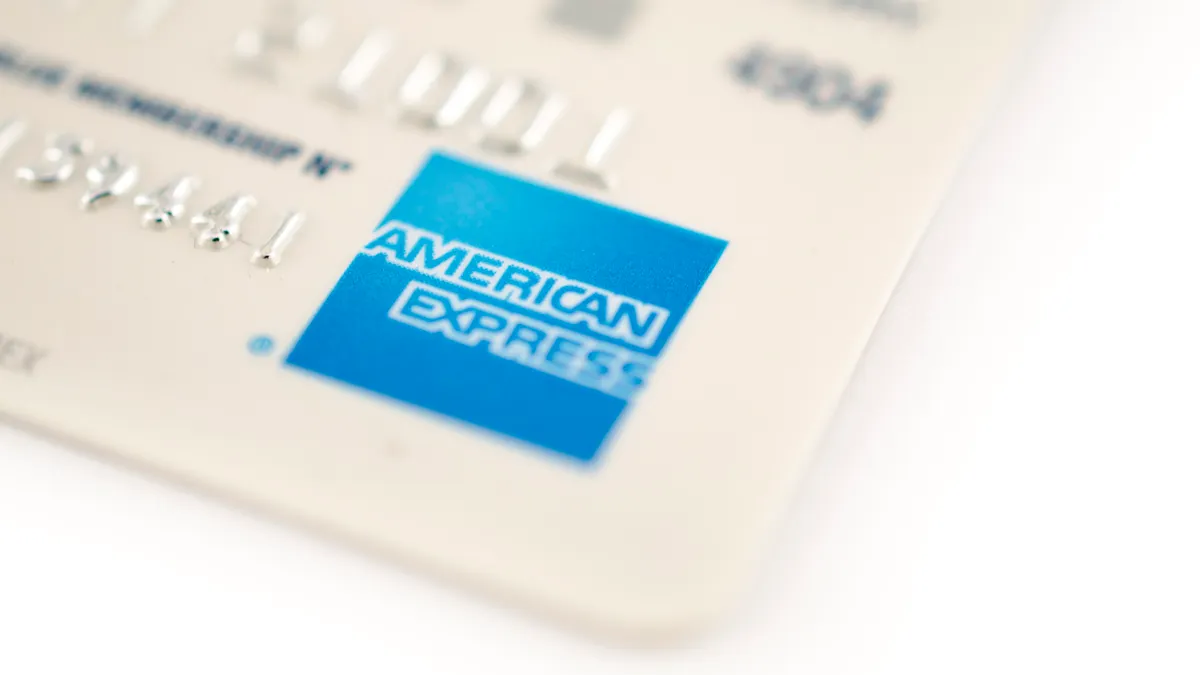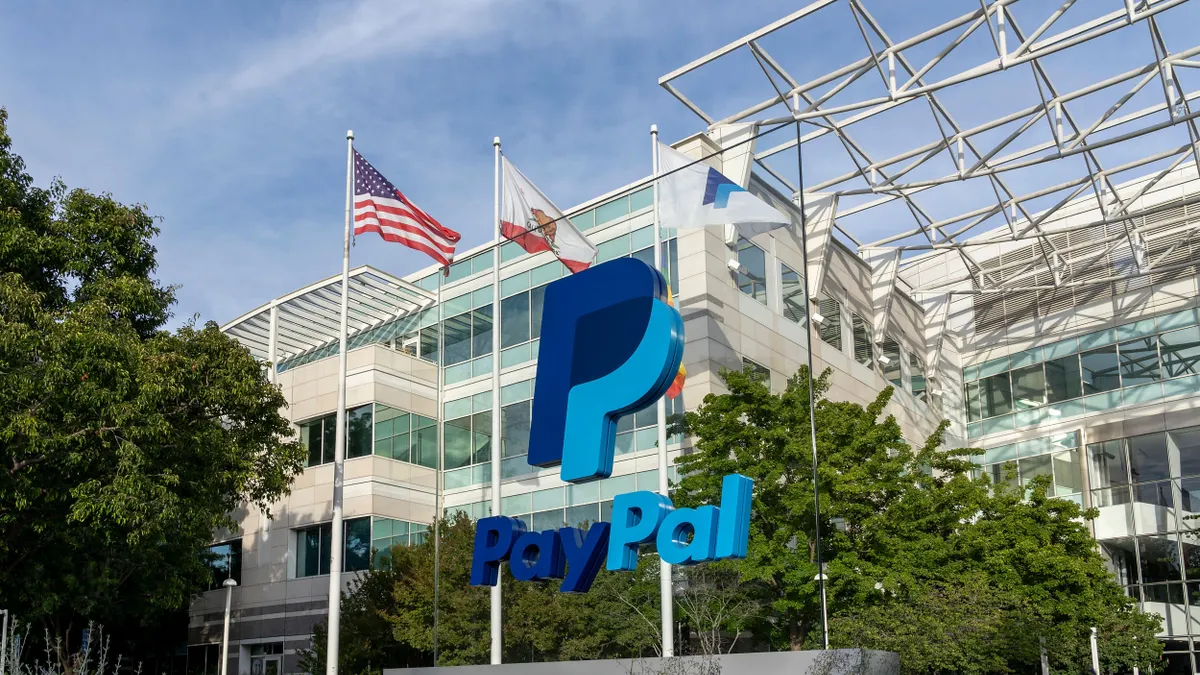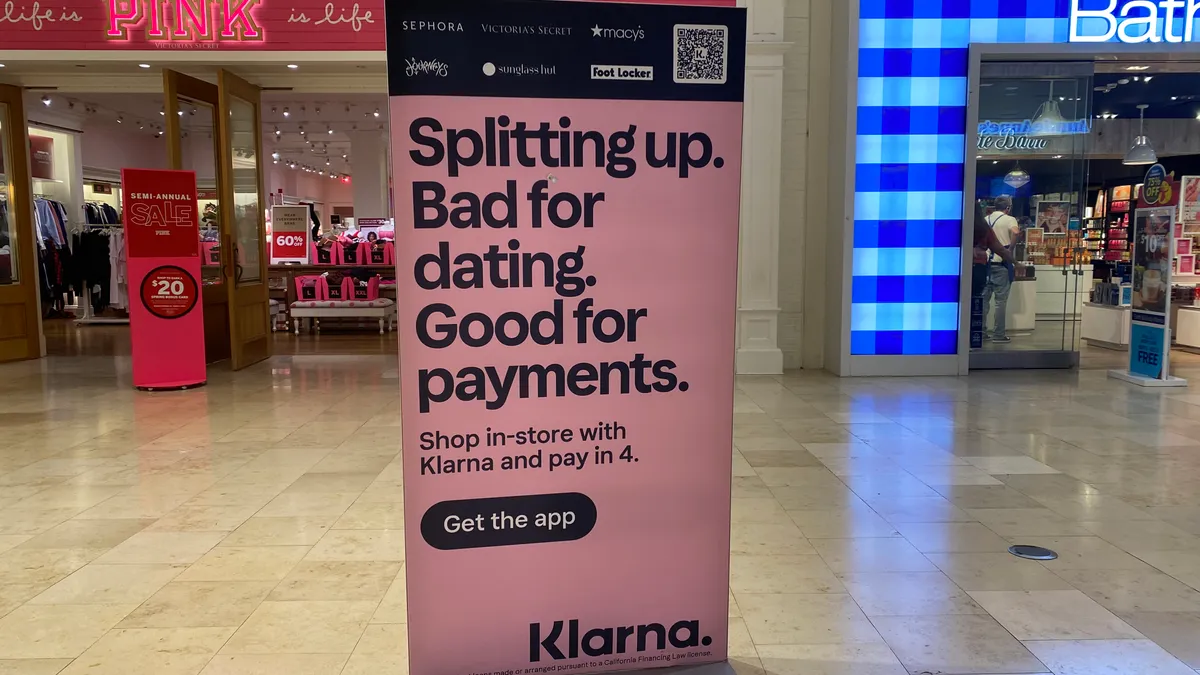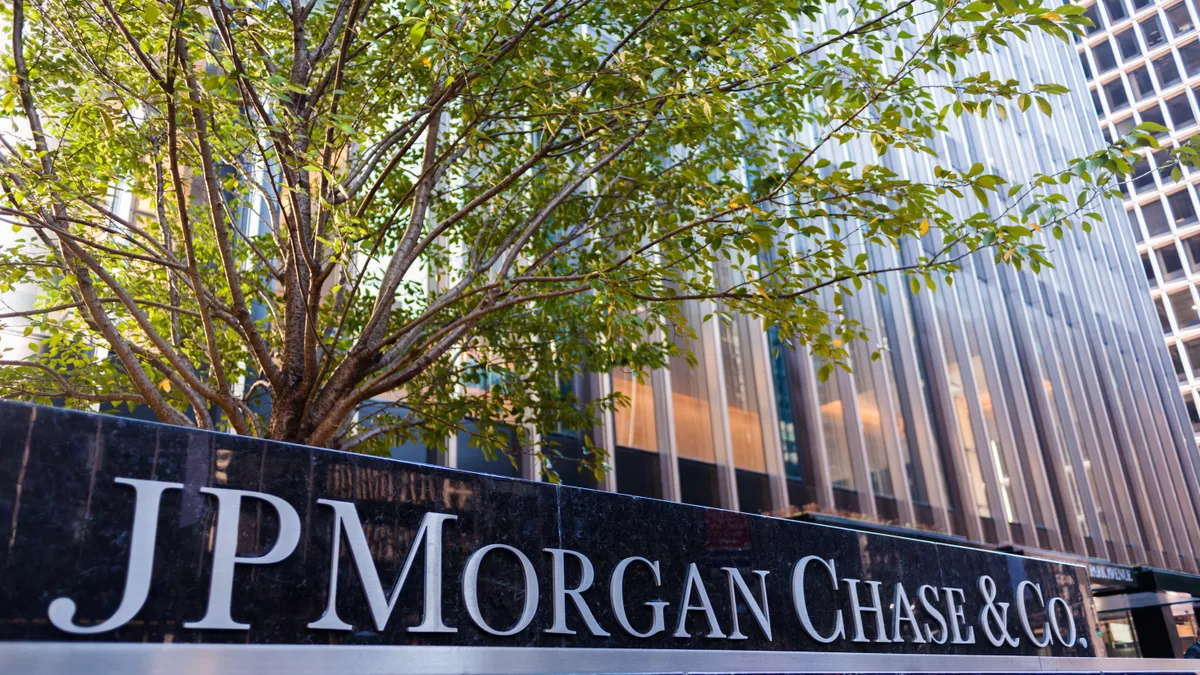An open banking trend allowing banks and payments players to more easily share consumer data is likely to advance, regardless of vacillating U.S. regulatory policy, industry lawyers and executives say.
The Consumer Financial Protection Bureau had decided to let open banking regulations take effect next year, but those 2026 compliance dates were thrown into question last year when bank groups sued the government to block the CFPB’s open banking rule.
Then, President Donald Trump’s return to the White House ushered in an era of dramatic deregulation in the executive branch. Earlier this month, the CFPB asked a federal judge to rule for the bank plaintiffs against what the agency’s new leaders consider an “unlawful” rule.
Despite the multi-pronged effort to kill the bureau rule, there are reasons to believe that the spirit of open banking – if not the actual letter of a law, prescribed by regulators – is likely to carry on, regulatory lawyers and fintech consultants say.
“There are a lot of unknowns, and they will unfold before us, but the bottom line is that this has long been planned as kind of the next step in banking technology,” Stewart Watterson, a strategic adviser with consulting firm Datos Insights, said during a Datos April webinar titled “Regulatory Chaos and the Future of Open Banking.”
“It’s going to move forward with or without mandates, because those things are obviously in question,” said Watterson, a former executive with PNC Bank and JPMorgan Chase. “It will be messy and it’ll be fraught with risk and different types of risks.”
Spurring competition
The open banking rule gives consumers a right to share their detailed financial data with third parties under the notion that a consumer’s ability to easily swap accounts among banks, credit unions or fintechs will spur greater competition for financial services. Former CFPB Director Rohit Chopra described the rule as a way to lower consumers’ costs.
In their lawsuit, the bank groups say the rule exceeds the bureau’s statutory authority, and that it does not allow them to recoup their costs or to properly specify liability for fraud or other misconduct amid the data sharing.
The rule stems from Section 1033 of the 2010 Dodd-Frank Wall Street Reform and Consumer Protection Act, and was enacted in October after five years of deliberations.
The initial rule was issued during the Biden administration under Chopra, but the Trump administration is dramatically reducing the CFPB’s mission and staffing under Acting Director Russell Vought. The bureau has not moved to rescind the rule, so far, as it manages the litigation targeting the rule.
Large banks, Watterson added, “have been investing and working on this for anywhere between five and 10 years” and understand the commercial potential of consumer data sharing in the new marketplace.
“The CFPB deciding to withdraw the rule – the personal financial data rights rule – is not going to stop open banking in the United States,” said industry consultant Peter Tapling. “The largest financial institutions have been going down that path for years, and that will continue.”
The open banking rule codifies a consumer right of financial data sharing into law, said Penny Lee, president and chief executive of the Financial Technology Association, a fintech lobbying group.
Without the CFPB’s regulatory framework, fintechs fear that “banks would engage in some anti-competitive behavior, meaning throttling back the information” they provide or “slowing down the connectivity, or only allowing consumers to be able to permission through one of their apps, or one of their controlled capabilities,” Lee said in a recent interview.
Banks’ compliance deadlines under the rule are layered from mid-2026 through 2030, with the largest banks required to begin operating within the open banking parameters next year. Financial institutions with less than $850 million in assets are exempt from the rule.
A senior JPMorgan Chase executive told Payments Dive last month that the world’s largest bank will continue to invest in open banking, despite the uncertainty around the rule.
“Whether it is in terms of the digital experience on JPMorgan or, for that matter, in other parts of the JPMC franchise overall, open banking as a concept is something that we have an investment in, and will continue to invest in,” Chief Technology Officer Sri Shivananda said.
Nonetheless, the lack of a common standard for open banking is likely to hinder smaller, community financial institutions, and increase the competitive gulf between large and small players, said Tapling, who is based in Chicago.
Law requires a rule
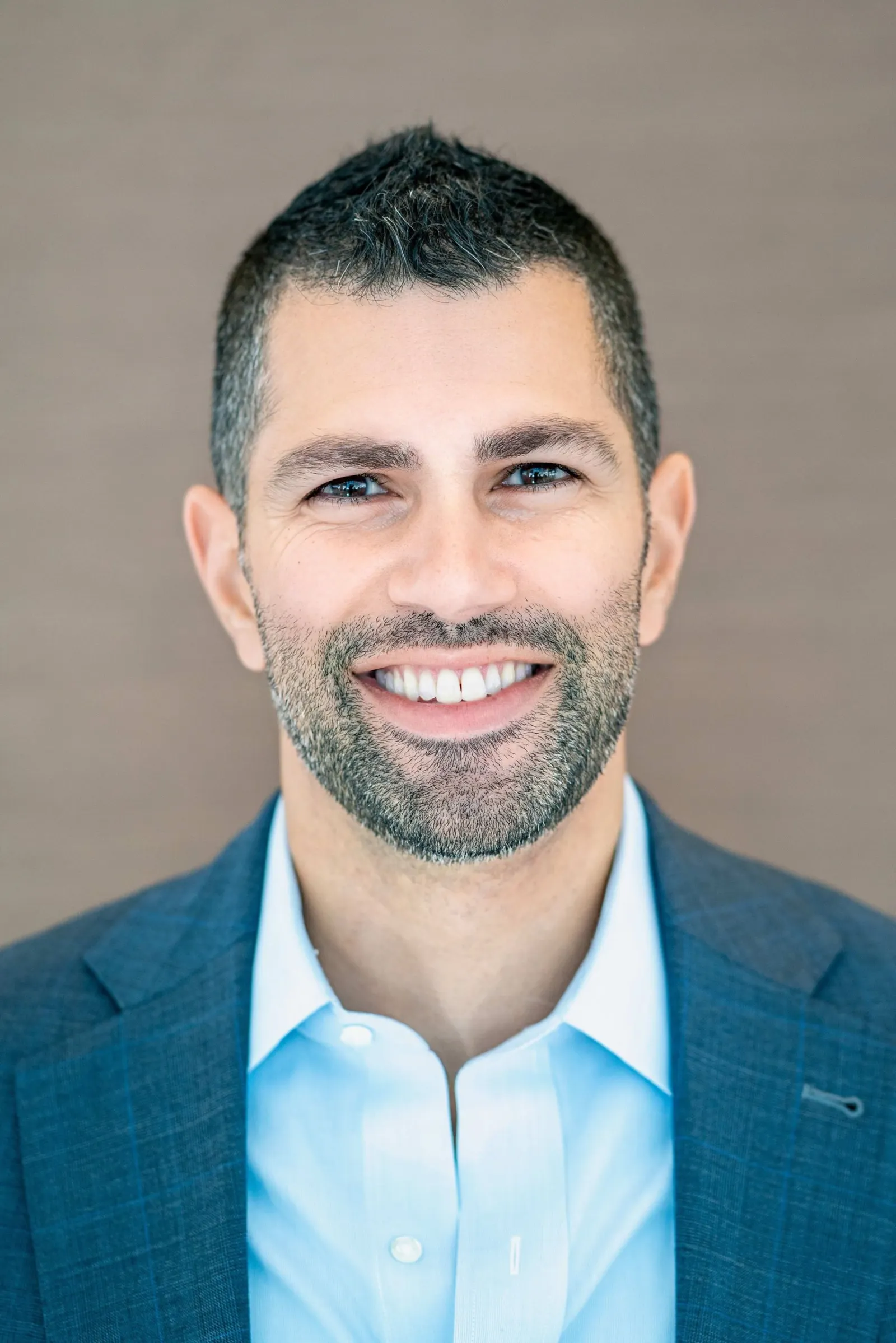
A federal judge in Kentucky overseeing the bank groups’ lawsuit against the CFPB ruled May 14 that the FTA could intervene to defend the lawsuit. That decision adds a motivated, well-resourced party to the litigation at a time when the CFPB is dismantling much of its regulatory infrastructure and back-peddling on cases it brought previously.
Despite the legal and regulatory battles, open banking and “customer-authorized data sharing” has been growing steadily for the past decade, said Adam Maarec, an attorney with McGlinchey Stafford LLP, who advises banks and fintechs, and was a legal executive at several large banks.
“With open banking reaching critical mass, banks and fintechs need to figure out their business and risk management strategies now, no matter what happens with the final rules as they exist today,” Maarec said in an April interview.
The bureau has virtually no discretion to avoid an open banking regulatory framework, given the clear language Congress wrote into the law, attorneys said in recent interviews.
A full revocation of the rule, without an alternative, “seems incredibly unlikely” because of Dodd-Frank, said Lauren Quigley, a senior counsel with Dykema in Chicago, who works with banks, fintechs and other financial institutions.
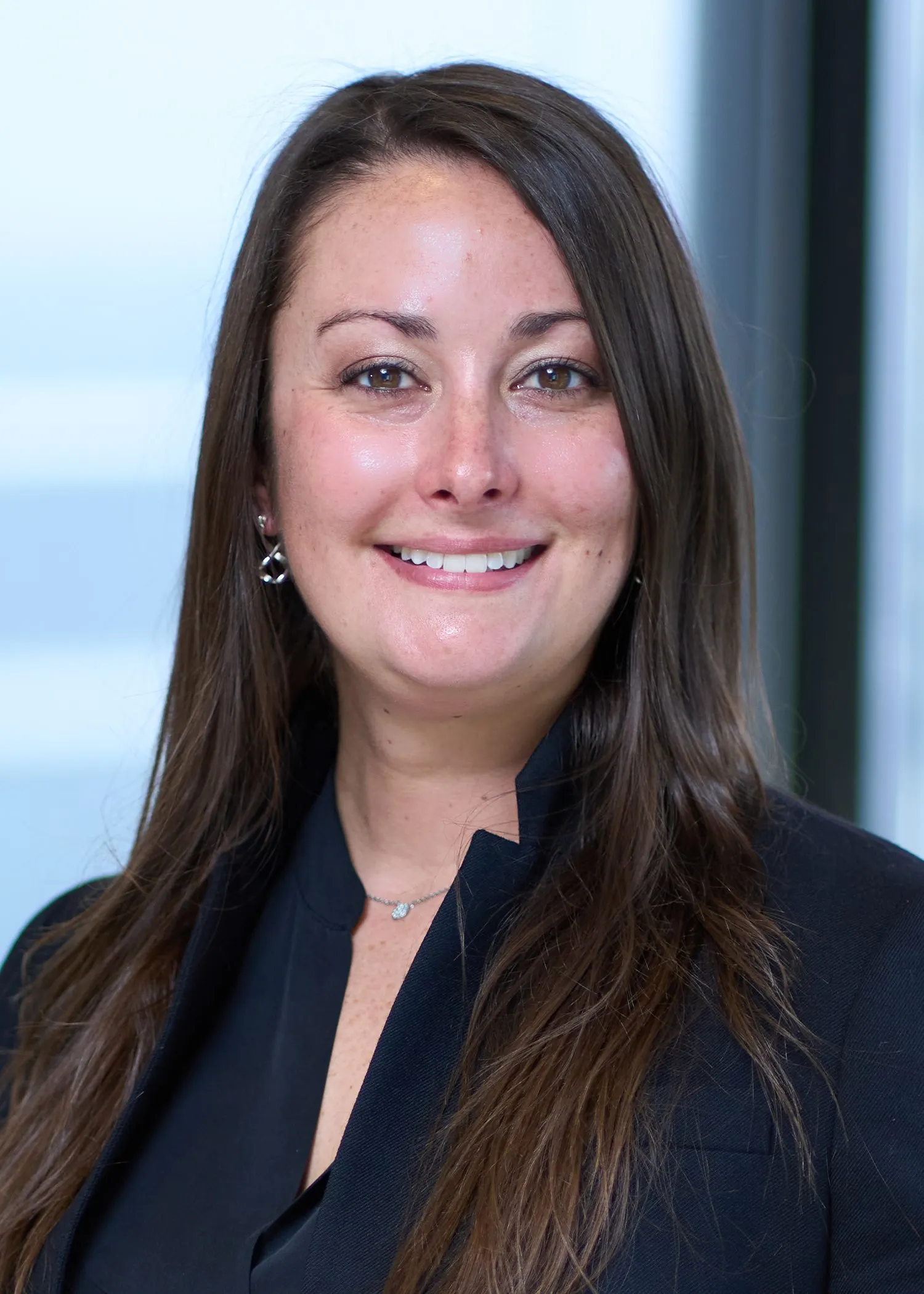
“There arguably has to be something and secondly, prior to the current morass that is around open banking, there was broad bipartisan support, both during the first Trump administration, throughout the Biden administration and even now,” Quigley said in an interview this month.
Said Maarec: “I doubt the 1033 rules will go away entirely.”
The timing of work on any new rule, however, could be prolonged, given the five years the bureau took to formulate the open banking measure and the 90% CFPB staff reduction Vought has pursued.
Some banks investing, others wait
Despite an interest in open banking, “the status quo is favorable to banks in a lot of ways,” Maarec said.
“Different banks view this in different ways, depending on their position in the market across various products,” he said. “Some banks have a lot to lose and some have a lot to gain. It depends on their product mix and tech strategy.”
Quigley said banks fall into three general categories in terms of their approach to open banking:
- those that have identified “beneficial use cases” and are forging ahead, regardless of the rule’s status.
- those that are largely ambivalent and don’t see a “use case” for it, she said, and are pursuing technology investments and partnerships only because of the requirement.
- smaller financial institutions that have a longer compliance deadline, years away, that “are just biding their time at this point,” she said.
“A larger bank just simply has more resources to throw at a complicated implementation structure, whereas community based financial institutions need to rely more on vendors,” said Brandy Bruyere, a partner with the law firm Honigman, who advises financial institutions.
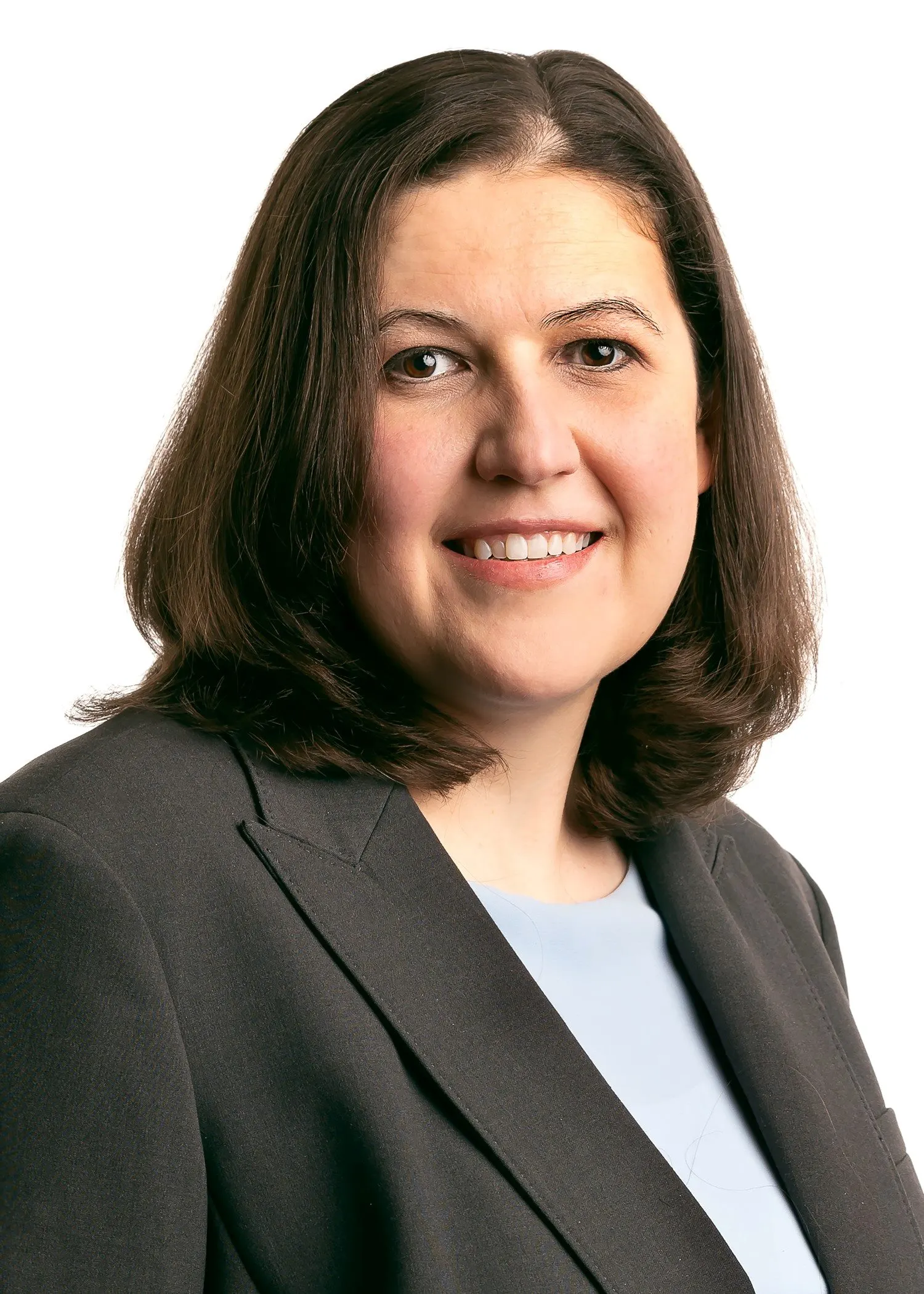
One of the rule’s main effects is an effort to end the practice known as “screen scraping,” in which a consumer shares account information with a new financial services provider to log in, letting it gather data on behalf of the customer. That practice is rife with inefficiencies, errors and fraud, according to industry experts, with banks and others making gradual progress in recent years to build more secure data-sharing interfaces, known as application programming interfaces, or APIs.
Many banks have created APIs “that share data within their own comfort levels,” Maarec said. “I think the banking industry would prefer the status quo where they can still sort of exercise their own large degree of control.”
The campaign to end screen scraping would be hindered or stalled if the CFPB walks away from an open banking rule, panelists said May 19 at a media briefing convened by the Financial Data & Technology Association.
Regardless of the CFPB or litigation, consumer trends, technology and market competition will likely determine open banking’s long-term fate in the U.S.
“I don't think we’ve ever seen an advancement in financial technology, products or services that has ultimately been rolled back,” Quigley said. The industry is “knocking on the door, we’re there, and I don’t know that we come back from the precipice, regardless of if the rule goes away.”
Lynne Marek contributed to this article.


